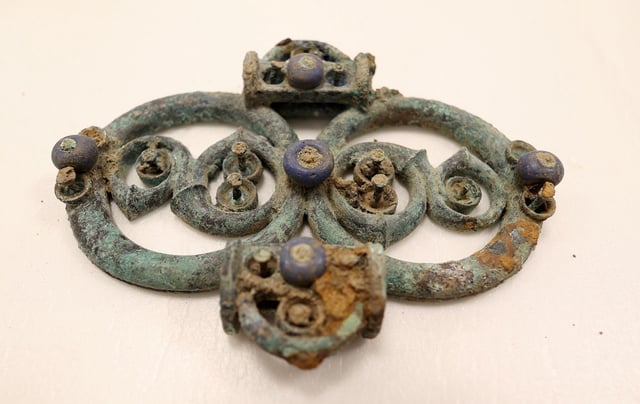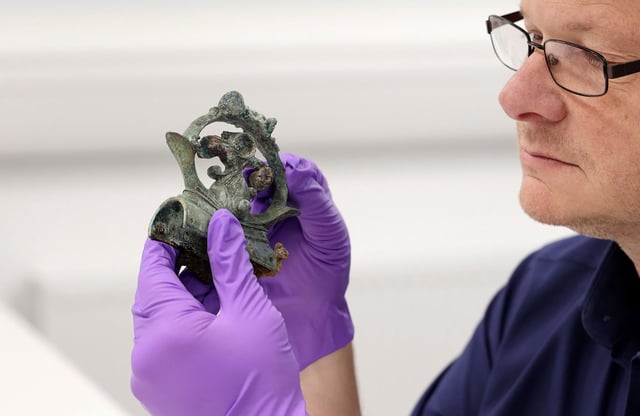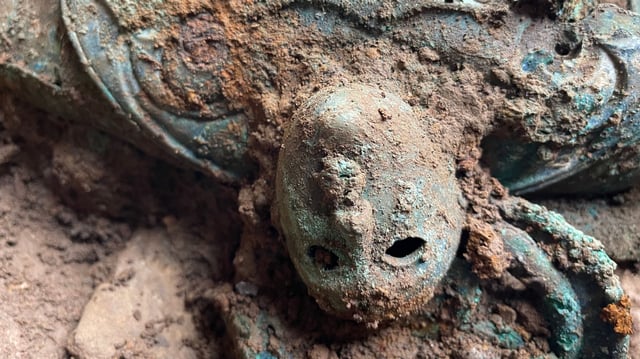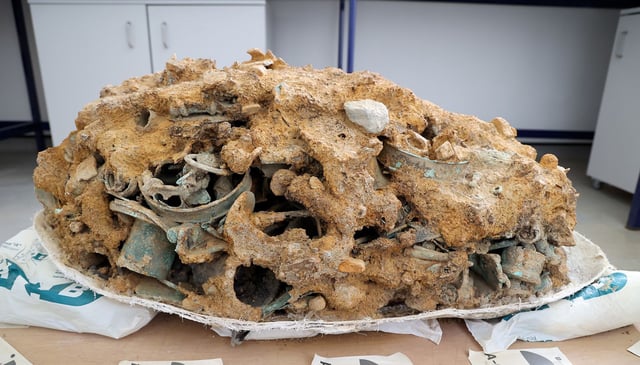Overview
- The Melsonby Hoard, discovered in 2021 and excavated in 2022, has been officially unveiled, with select items now on display at the Yorkshire Museum.
- The hoard includes over 800 artifacts, such as wagon parts, ceremonial spears, and ornate cauldrons, marking it as one of the largest Iron Age finds in Britain.
- Experts emphasize the hoard's significance in reshaping understanding of wealth distribution, trade, and cultural connections in Iron Age Britain, particularly in the north.
- Many items were intentionally destroyed or burned, suggesting ritualistic or symbolic practices, potentially linked to funerary traditions.
- A fundraising campaign has been launched to secure the collection for public display, while ongoing research continues to uncover its historical implications.



